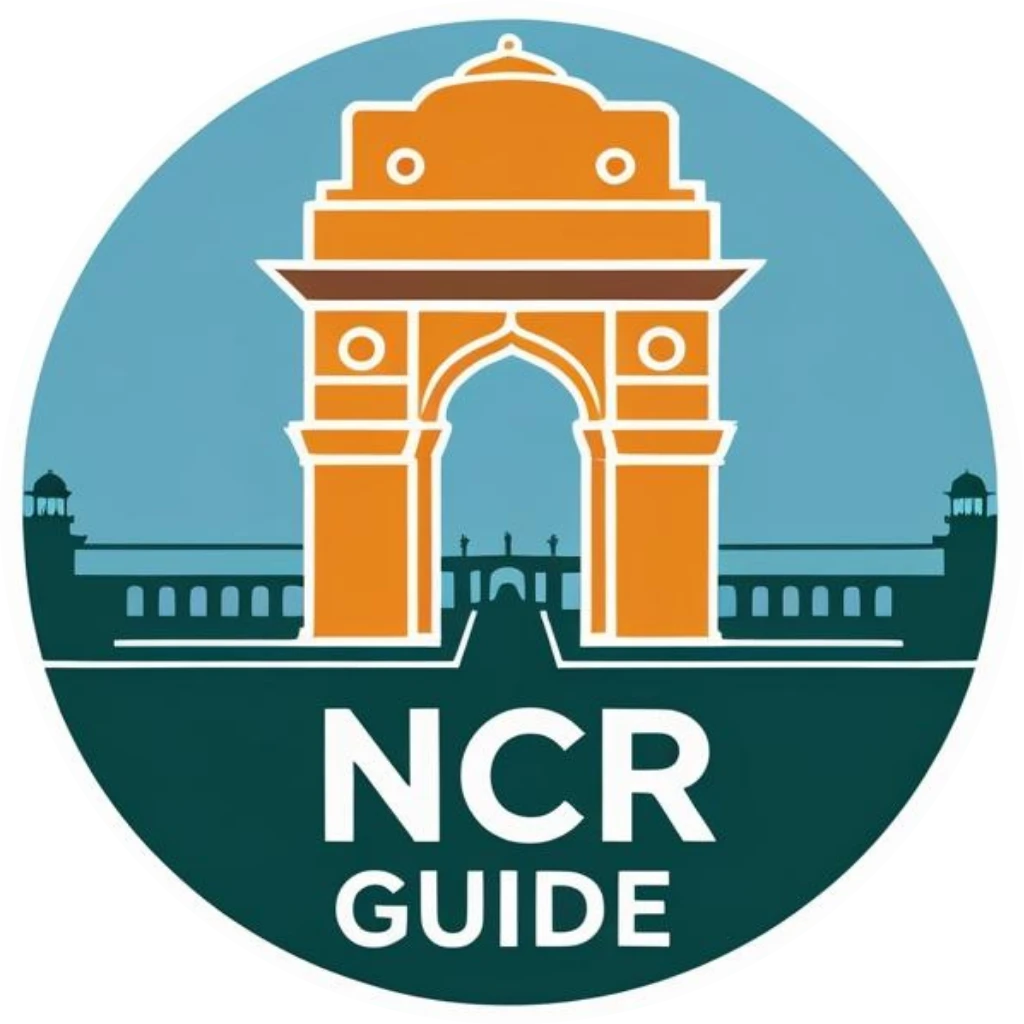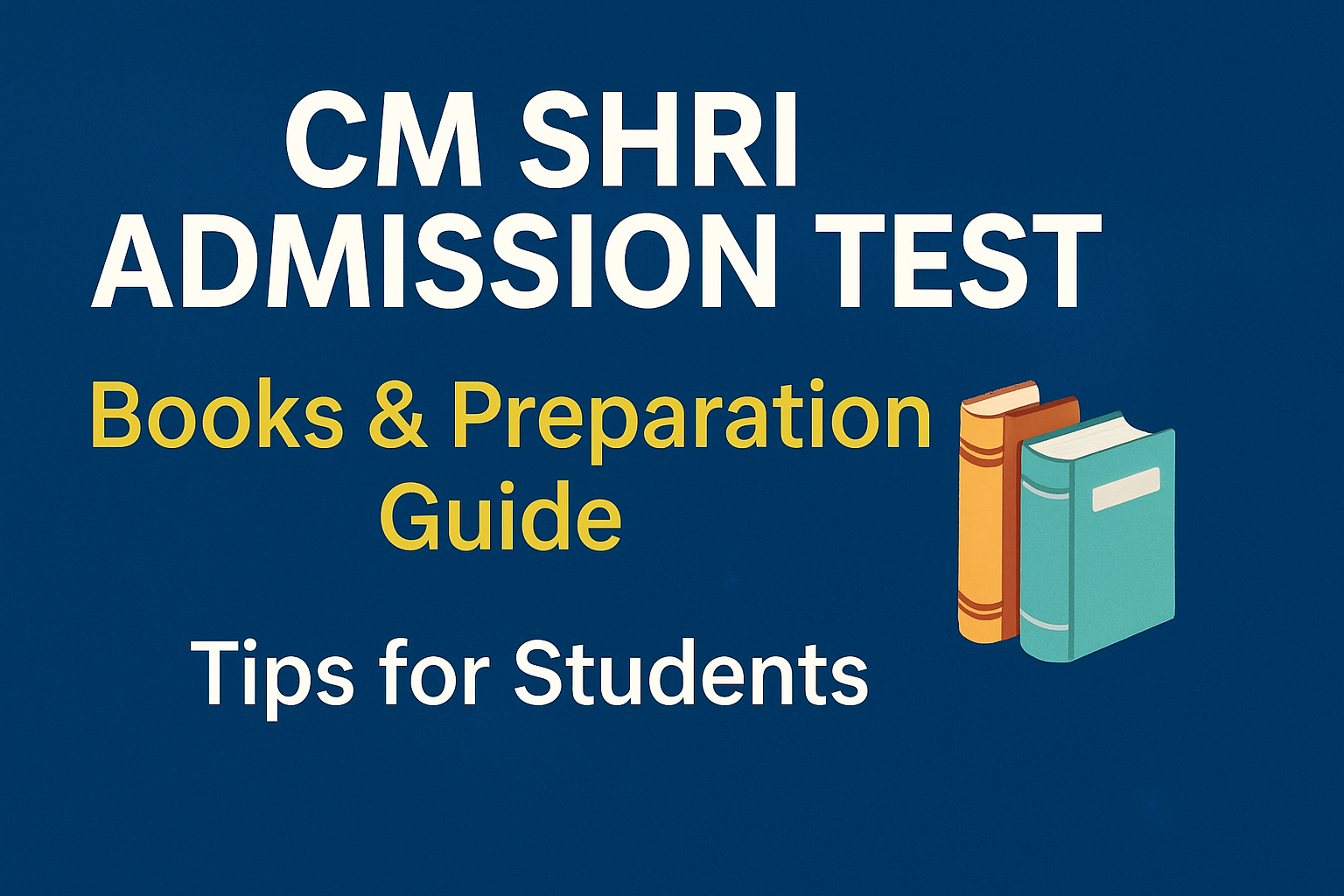Preparing for the CM Shri School Admission Test can feel overwhelming for both students and parents. This exam is one of the key gateways to securing admission in prestigious CM Shri Schools, making it a highly competitive process. The right preparation strategy—combined with trusted books and well-structured practice—can significantly improve a student’s chances of success.
In this guide, you’ll find a clear roadmap for effective preparation. We’ll cover:
- The most recommended CM Shri admission test books (with purchase links for convenience).
- Study techniques that actually work for Class 6 and Class 8 applicants.
- Insights into exam pattern, subject focus, and practice strategies to build confidence.
Instead of getting lost in random resources, students and parents can use this guide as a one-stop preparation plan—making sure every hour of study is aligned with exam requirements.Understanding the CM Shri Admission Test
The CM Shri School Admission Test is a highly competitive entrance exam that assesses not just memory but also a child’s conceptual clarity, logical ability, and readiness for higher learning. It is designed to filter students who can thrive in the academically rigorous environment of CM Shri Schools.
Key Subjects Covered in the Exam
| Subject | What It Tests | Sample Focus Areas | Why It Matters |
|---|---|---|---|
| Mathematics | Numerical skills, conceptual understanding, and application in problem-solving | Fractions, decimals, algebra basics, geometry, word problems | Builds logical thinking and forms the base for higher academics |
| Science | Conceptual clarity and observation skills across core sciences | Everyday physics, basic chemistry concepts, human body, plants & environment | Encourages curiosity and scientific reasoning |
| General Knowledge & Reasoning | Awareness, analytical skills, and quick thinking | Logical puzzles, current events, analogies, coding-decoding, sequences | Reflects a child’s adaptability and real-world awareness |
| Language Skills | Reading comprehension, grammar, and vocabulary | Synonyms/antonyms, sentence correction, unseen passages | Strengthens communication, essential for all-round growth |
Exam Difficulty Levels by Class
- Class 6 Admission Test → Focus on fundamentals of Mathematics, Science, and Language. Reasoning is usually basic but tests alertness.
- Class 7 Admission Test → Slightly higher complexity, especially in problem-solving and application-based science questions.
- Class 8 Admission Test → More advanced logical reasoning, analytical GK, and deeper understanding of core concepts in Math and Science.
📌 Tip for Parents: The exam is not just about syllabus completion. It checks whether the child can apply knowledge in unfamiliar situations—which is why practice with reasoning-based and application-driven questions is crucial.Why the Right Books Matter for CM Shri Admission Test Preparation
Choosing the right books can make or break a student’s preparation for the CM Shri Admission Test. Since the exam goes beyond classroom memorization and evaluates higher-order reasoning, relying only on school textbooks is not enough. Students need a balanced mix of NCERT fundamentals and specialized preparation guides to perform well.
The right books provide:
| Resource Type | Why It’s Important | How It Helps Students |
|---|---|---|
| NCERT Textbooks (Class 5–8) | Build strong fundamentals in Mathematics, Science, and Language | Clear understanding of basic concepts and theories |
| Admission Test Guides | Designed specifically for CM Shri School entrance exams | Cover exam-focused strategies, shortcuts, and common question patterns |
| Practice Papers | Reflect the latest exam pattern | Improve speed, accuracy, and time management |
| Previous Year Solved Papers | Familiarize students with real exam difficulty | Boost confidence and reduce exam-day surprises |
| Mock Test Series | Simulate actual exam conditions | Help identify strengths and weaknesses for final revision |
Why parents and students should prioritize good books
- Consistency in preparation – A structured guide keeps students aligned with what the exam actually demands.
- Exam-smart strategies – Specialized books provide tips, tricks, and practice that textbooks miss.
- Confidence boost – Solving previous years’ papers and mocks makes students feel ready, not anxious.
👉 In short, the right books don’t just prepare students academically—they prepare them mentally for the competition.
Recommended Books for CM Shri Admission Test
Here’s a curated list of the most useful preparation books available online and offline. These books are aligned with the 2025–2026 and 2026–2027 admission cycles.
| Book Title | Suitable For | Key Features | Where to Buy |
|---|---|---|---|
| CM Shri Schools Admission Test Class 6 (2025–26, 2026–27) – Set of 5 Books | Class 6 aspirants | Complete set covering all subjects, sample papers, practice tests | Flipkart |
| R. Gupta’s Popular Master Guide – CM Shri School Admission Test (Class 6, 2025) | Class 6 aspirants | Comprehensive guide with solved papers, updated syllabus coverage | UrbanBae |
| Ramesh Publishing House – CM Shri School Admission Test Guide | General (Class 6–8) | Trusted publication with detailed theory, practice sets, and model papers | Publisher Site |
| CM Shri School Admission Test Class 8th Guide | Class 8 aspirants | Higher-level reasoning & subject practice, mock tests | Flipkart |
| CM Shri School Admission Guide – 2025–26 & 2026–27 Edition | Class 6 aspirants | Covers syllabus with exam-oriented practice | Amazon |
How to Use These Books Effectively
Simply buying the right books is only the first step. To get the best results, students should use them in a structured, disciplined way. A smart preparation plan ensures that concepts are understood deeply and exam practice becomes second nature.
1. Build Conceptual Clarity
- Begin with NCERT textbooks from the current and previous class to ensure the basics are strong.
- Once fundamentals are clear, move on to admission test guidebooks for higher-level practice.
2. Chapter-wise Practice
- Solve end-of-chapter questions from guidebooks after finishing a topic.
- Mark difficult questions and revisit them during revision.
- Revise weak areas immediately instead of postponing.
3. Mock Tests & Time Management
- Use the mock tests and sample papers provided in guidebooks.
- Set a timer while attempting tests to build exam-day stamina.
- Review mistakes after each test and focus on improving accuracy.
4. Revision Strategy
- Maintain a formula notebook for Mathematics (quick last-minute reference).
- Revise important diagrams, definitions, and flowcharts in Science.
- Practice reasoning and logical puzzles daily to sharpen problem-solving skills.
5. Balanced Preparation
| Study Approach | Why It Matters | Student Tip |
|---|---|---|
| Avoid last-minute cramming | Creates stress and confusion | Revise in small, regular sessions |
| Follow a 2-hour study cycle | Prevents burnout and fatigue | Take 10–15 min breaks between sessions |
| Mix subjects daily | Keeps the mind fresh and avoids monotony | Pair a tough subject (Math) with a lighter one (Language/Reasoning) |
👉 By following this structured approach, students not only complete the syllabus but also stay exam-ready with improved confidence and time management.
Additional Preparation Tips for Parents & Students
While the right books and study strategy are essential, consistent support and smart habits can make a big difference in performance. Both students and parents play a role in ensuring preparation stays on track.
1. Track Progress Weekly
Parents should monitor mock test scores and chapter-wise performance. Identifying weak areas early helps students focus on improvement before the exam.
2. Encourage Daily Reading
Regular reading of newspapers, magazines, or GK books sharpens comprehension skills, builds vocabulary, and strengthens general awareness — an important advantage in competitive exams.
3. Stay Consistent with Routine
Overnight study marathons often lead to fatigue and stress. A steady routine with balanced study hours, rest, and revision is far more effective for long-term retention.
4. Use Online Resources
Many publishers provide supplementary practice tests, quizzes, and e-materials online. Leveraging these resources helps students practice beyond printed books and stay updated with the latest exam patterns.
Key Takeaway
With the right set of CM Shri Admission Test books, a disciplined study plan, and consistent practice, students can approach the exam with confidence. These resources bridge the gap between classroom knowledge and competitive exam readiness, giving them a strong edge on test day.
FAQs
Q1. Are NCERT books enough for the CM Shri Admission Test?
No. While NCERT books help build core concepts, the exam requires additional practice with specialized guides, mock tests, and past papers to handle higher-order reasoning questions.
Q2. How many hours should a student study daily for this exam?
Most students benefit from 2–3 hours of focused study per day, spread across subjects. The key is consistency rather than long, irregular sessions.
Q3. What is the role of parents during preparation?
Parents can support by monitoring weekly progress, encouraging reading habits, and ensuring a stress-free, balanced routine rather than pressuring the student.
Q4. Do online practice tests really help?
Yes. Online practice tests simulate the real exam environment, improve time management, and expose students to a wider variety of questions than books alone.
Q5. When should preparation ideally begin?
Starting at least 6–8 months in advance is recommended. This allows students to cover the syllabus gradually, practice extensively, and revise without last-minute pressure.
Q6. How can students stay motivated during long preparation months?
Breaking study into smaller goals, celebrating progress, and mixing subjects for variety helps maintain interest. Parents can also encourage short breaks and hobbies to avoid burnout.

